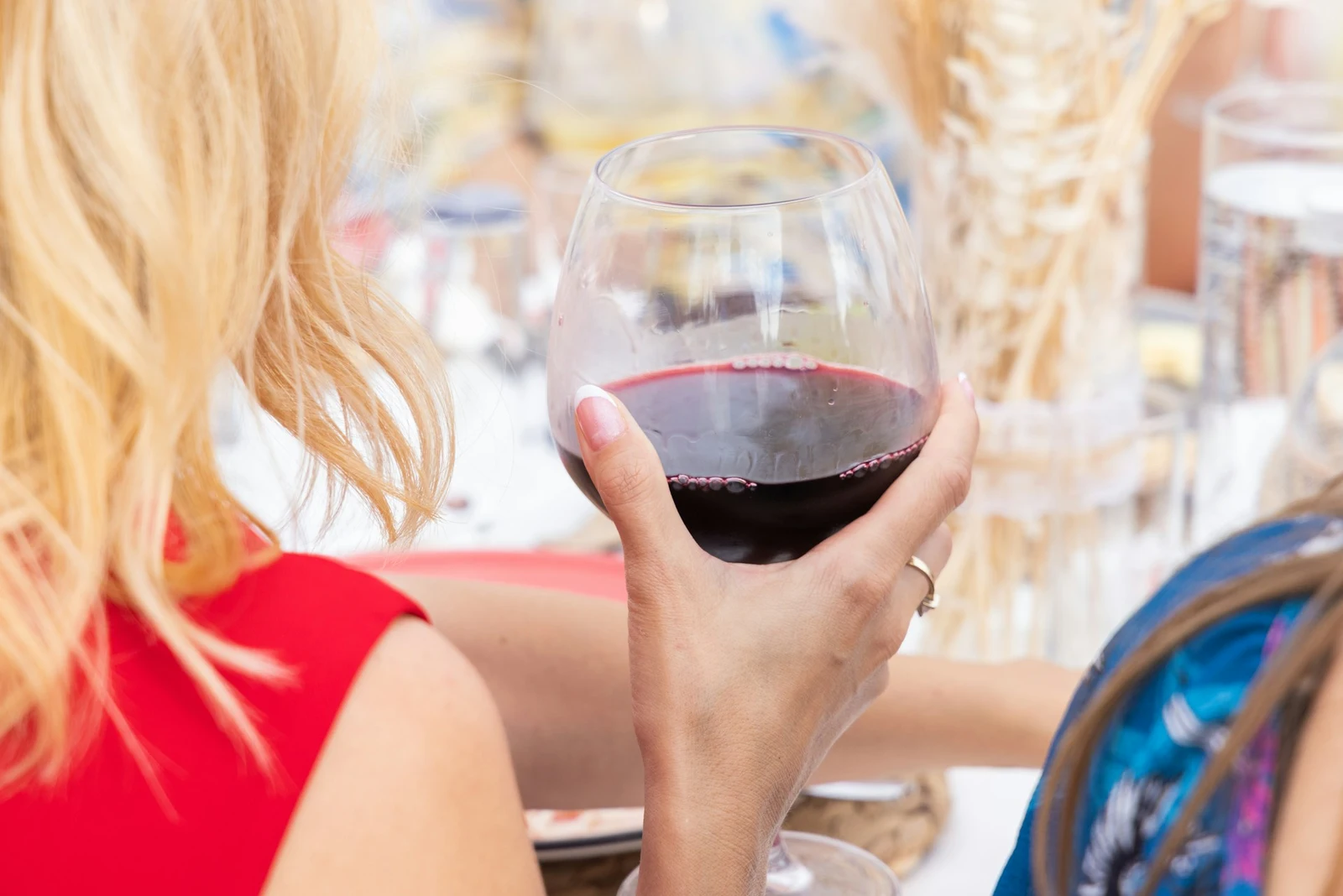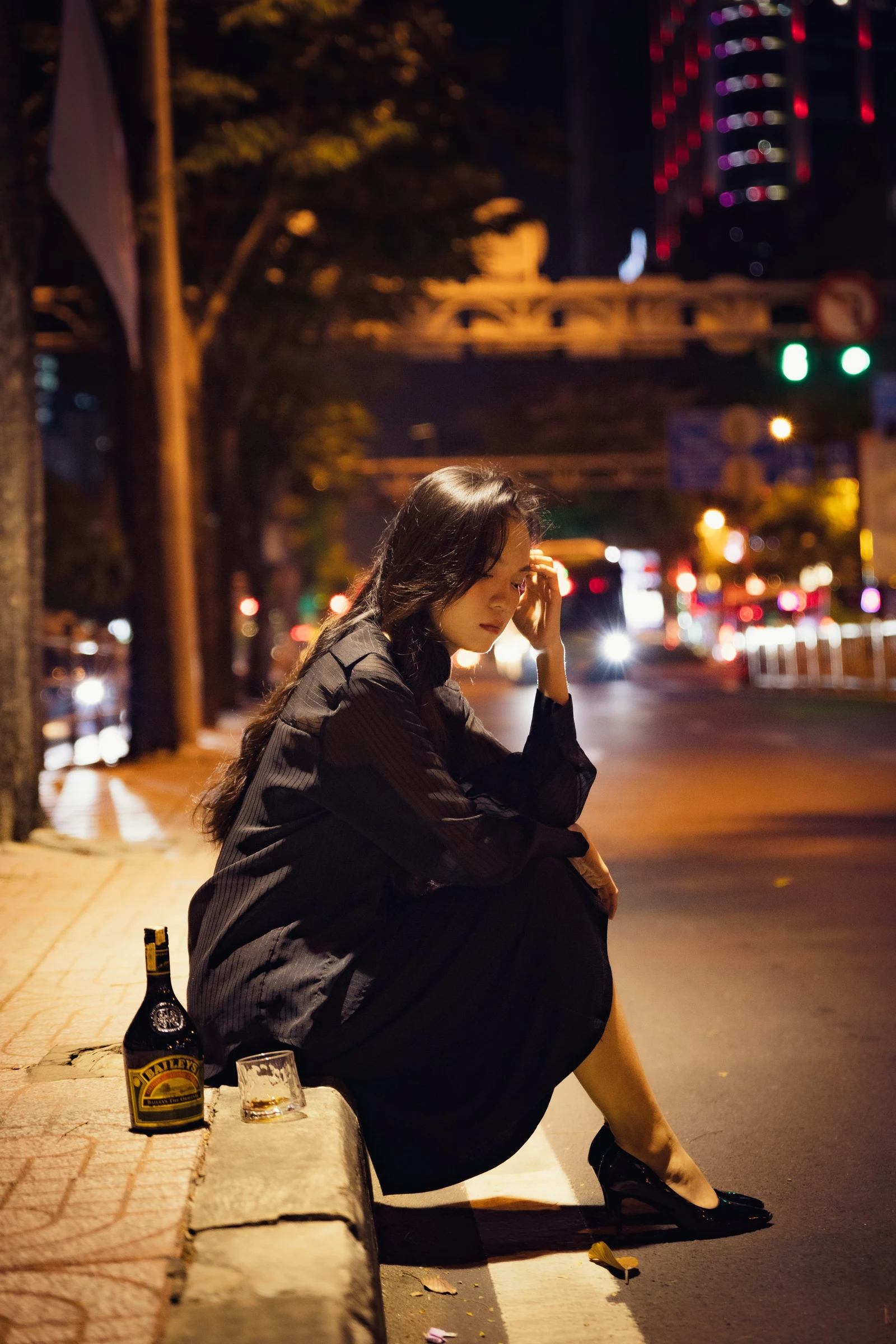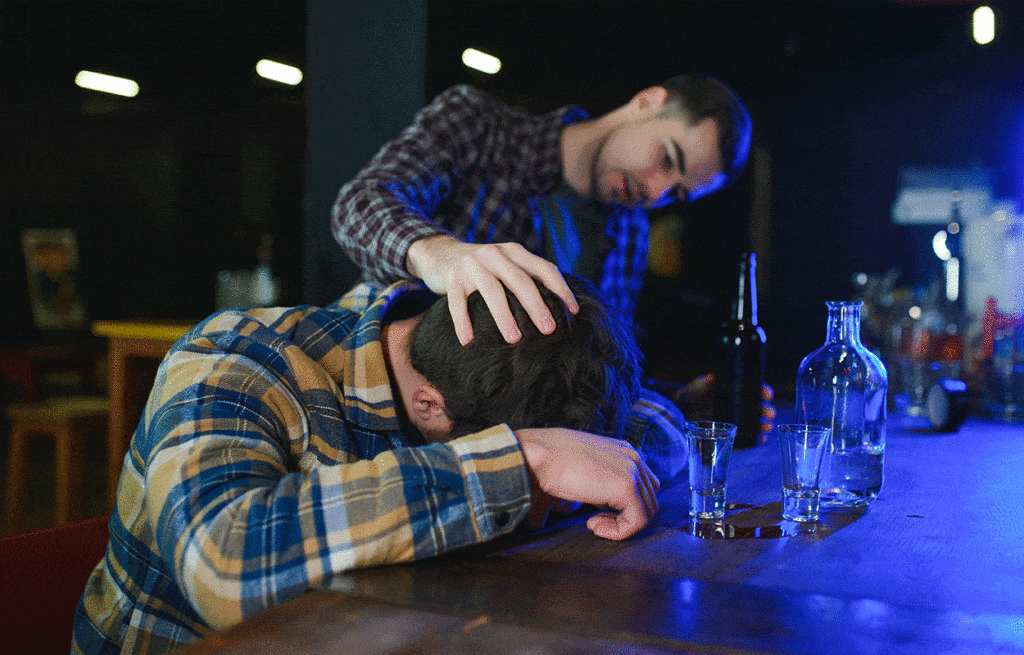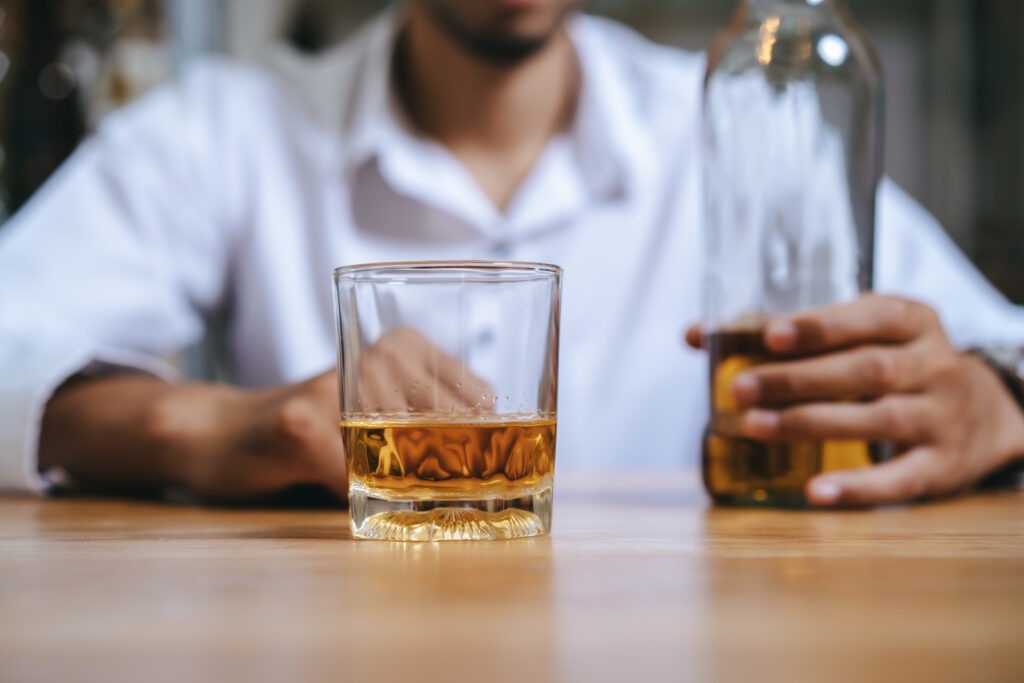What Are “Drunk Eyes?” Recognizing the Signs of Alcohol Intoxication in the Eyes

Key Points
- “Drunk eyes” is a term that refers to the red, bloodshot, glassy eyes that occur from excessive alcohol consumption.
- Drunk eyes may also refer to droopy eyelids or involuntary movements that can indicate intoxication.
- Though drunk eyes typically return to normal after alcohol’s effects wear off, chronic alcohol use can have permanent effects on the eyes.
- It’s important to recognize the signs of alcohol consumption to help yourself and others avoid the dangerous effects of intoxication.
Many people are familiar with how alcohol affects the eyes, either in themselves or in others. You may have experienced double vision or blurriness that happens with alcohol intoxication, or noticed your red, bloodshot eyes in the mirror.
These are all common signs of alcohol intoxication and its effects on the eyes, sometimes called “drunk eyes.” Find out why drunk eyes occur, what they look like, and why it’s important to recognize the signs of intoxication in the eyes for safe and responsible alcohol use. If you or a loved one is experiencing frequent drunk eyes and seems to be getting addicted, contact us today to get help.
What Are Drunk Eyes?
Drunk eyes, also called alcoholic eyes, is a term often used to describe the physical signs that occur in the eyes when you consume excessive amounts of alcohol. Legally, the blood alcohol concentration (BAC) is used to define intoxication, which is 0.08 in the U.S.[1] However, people can have symptoms of intoxication at higher or lower levels.
With occasional alcohol intoxication, the eyes may become bloodshot, meaning the small blood vessels on the eye’s surface enlarge, causing redness and irritation.[2] This happens when you consume alcohol because it’s a diuretic, leading to dehydration that can cause the eyes to become dry and irritated. It can also happen because of the depressant effect of alcohol, causing the blood vessels to swell and increasing the blood flow.
Drunk eyes can also become glassy, so they lack focus and are blurry. This is because of alcohol’s dehydrating effect, which dries the eyes out and gives them a shiny, glazed-over appearance.
Alcohol can also change your pupil size. The pupils dilate slowly due to the depressant effect of alcohol, which is obvious to other people and gives you visual impairment, like tunnel vision. The eyes may look droopy or heavy, and a drunk person will usually blink slowly.
Gaze nystagmus, which occurs when the eyes bounce around instead of staying still, can also occur with alcohol use because of its effect on the brain’s messaging.[3] With gaze nystagmus, it becomes difficult to focus on objects, and double or blurred vision may occur, which is why driving under the influence is so dangerous.
Alcohol’s Short-Term Effects on the Eyes
Even moderate alcohol consumption can cause vision changes. With occasional drinking, the effects on vision typically subside once the alcohol clears your system and you sober up. However, it can cause blurred vision, abnormal eye movement, light sensitivity, and impaired color perception.
These effects on the eyes are the result of alcohol’s effects on the central nervous system. If they suspect impaired driving, law enforcement officers will use the eyes as part of a field sobriety test.
Alcohol’s Long-Term Effects on the Eyes
Heavy drinking can damage the eyes over time, leading to long-term effects like:[4]
- Delayed reaction between the eyes and the brain, causing double vision or vision distortion
- A decrease in the pupils’ ability to dilate, limiting light and color vision
- Chronic bloodshot eyes from enlarged blood vessels
- Changes in the perception of colors
- Chronic dry eye
- Development of migraine headaches
- Early onset of age-related macular degeneration, causing vision loss or blindness
- Nutritional optic neuropathy or toxic amblyopia, leading to vision loss
The interference between the brain and the eyes causes alcohol’s risks to the eyes. Chronic alcohol use can also speed up the aging of the structures inside the eye, including the retina, lens, and optic nerve.
Why Recognizing Drunk Eyes Matters
Spotting the signs of alcohol intoxication is important for several reasons:
- Safety: If someone appears intoxicated, it may not be safe for them to drive, operate machinery, or even walk home alone.
- Prevention of harm: Recognizing the signs of intoxication early can help prevent overconsumption, alcohol poisoning, or accidents.
- Intervention: Friends, bartenders, and bystanders can identify the signs of overconsumption and help someone approaching dangerous levels of intoxication.
- Legal considerations: In legal and medical settings, signs like bloodshot eyes can help to assess impairment.

How to Respond When You Observe Drunk Eyes
If you notice someone showing signs of intoxication through their eyes or other behaviors, here are some safe and respectful ways to respond:
- Politely ask how the person is feeling and whether they need help.
- Offer water and a snack to help slow alcohol absorption.
- Approach the situation with care, not criticism, to avoid aggressive responses.
- Help arrange a safe ride home if they seem too impaired to drive.
- Notify staff or security at the bar or event setting.
How Much Alcohol Is Too Much?
The body absorbs alcohol quickly, but metabolizing it takes a long time. Drinking in moderation means avoiding intoxication and drinking no more than one drink per day for a woman and no more than two drinks per day for a man. A drink is defined as 12 ounces of beer, 5 ounces of wine, or 1.5 ounces of liquor.[5]
Here are some tips for responsible drinking:
- Never drink alcohol and drive a car
- If you plan on drinking, plan an alternative way home, like a taxi, rideshare, or have a designated driver
- Do not drink on an empty stomach
- Pace yourself by drinking water in between alcoholic drinks
Alcohol Poisoning
Alcohol poisoning, or alcohol toxicity, is a serious and potentially life-threatening result of drinking excessive amounts of alcohol in a short time. Some of the symptoms of alcohol poisoning include:[6]
- Confusion
- Seizures
- Vomiting
- Slow breathing
- Irregular breathing
- Skin that looks blue, gray, or pale
- Low body temperature (hypothermia)
- Trouble staying conscious or awake
Alcohol poisoning is an emergency. If you suspect someone has alcohol poisoning – even if they don’t have all the signs – call 911. A person with alcohol poisoning who passes out or can’t wake up could die. If possible, wait with them until help arrives. Someone with alcohol poisoning may vomit and choke. If they’re lying down, turn their head to the side to prevent choking and try to keep them awake.
Treating Alcohol Addiction
Though many people can use alcohol responsibly, alcohol addiction is a common and serious problem. Regular alcohol use can build dependence quickly, leading to significant and potentially dangerous withdrawal symptoms if you stop drinking.
There are many risks to long-term alcohol abuse and addiction. If you or a loved one struggles with alcohol use, it’s best to get a professional evaluation. Comprehensive alcohol addiction treatment is necessary to address the physical and mental factors, often beginning with medical detox to manage withdrawal symptoms and prevent dangerous complications.
Once detox is complete, it’s best to begin an addiction treatment program on an inpatient or outpatient basis. Treatment for alcohol addiction is individualized but may include individual and group therapy, holistic therapy, and behavioral therapies like cognitive behavioral therapy (CBT).
Learn the Signs of Drunk Eyes
Alcohol intoxication can have short- and long-term effects on the eyes, including obvious signs like red, bloodshot, glassy eyes. It’s important to know the signs of intoxication to help prevent overconsumption, alcohol poisoning, or driving under the influence.
Frequently Asked Questions About Drunk Eyes


